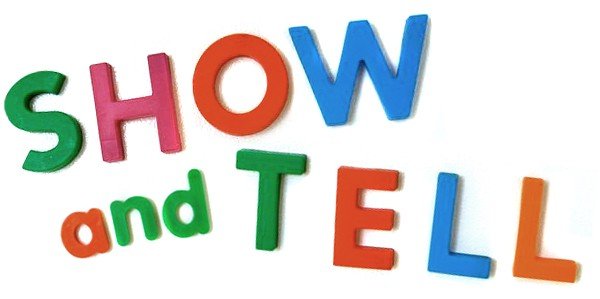Getty Images ©
I think that there are only two kinds of marketers:
1) Market chasers, and
2) Category creators
Which one are you?
Not all marketing is marketing for good. I belong to a community of marketers and change makers who believe that as most of the world’s problems depend for their resolution on forms of human cooperation, so we have a responsibility to better use marketing to create positive change. We partly do this by stepping out of our day jobs and upcycling our marketing skills in support of inspiring charities and social enterprises. We coach each other into becoming more purposeful and impactful marketers in the digital fireside. And we recognise that the systems that which we are a part of are themselves shaped by stories that we tell each other across society.





















